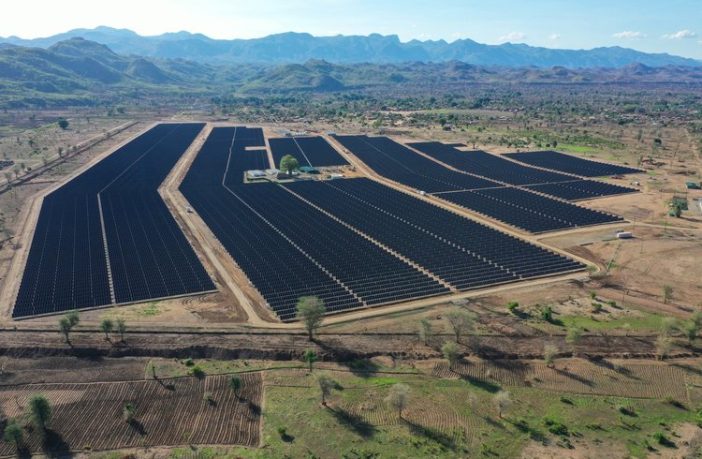- Researchers at the College of Science and Engineering in Australia have investigated all possible research directions that may help reduce the impact of PV power intermittency in a given energy system with a minimum use of battery storage.
“The main contribution of our work is the division of PV integration development into four stages, spanning from the past to the future,” the research’s corresponding author, Yang Du, told pv magazine, noting its main goal is to display the research gap and motivate the research on fully dispatchable PV. “The paper identifies forecasting, energy storage, and curtailment as the cornerstones for enabling dispatchable PV in the future.”
The scientists focused their efforts, in particular, on forecasting and controlling PV power. “This paper advocates using PV inverter control, that is, curtailment, rather than energy storage with the help of advanced solar forecasting as a major source of flexibility,” they explained, adding that, currently, effective general solutions to converting PV to dispatchable are still to be found. They also acknowledged, however, that PV electricity is now becoming more predictable and controllable.
The paper presents all existing technologies that can eventually facilitate firm generation using PV, which the group said is becoming particularly urgent, as more and more fossil fuel power generation assets are being increasingly decommissioned.
As for PV power forecasting, the researchers described two main approaches – central forecasting and self-forecasting. The latter consists of a strategy implemented by a grid operator to obtain forecasts by collecting the self-produced power export prediction from each PV system it is connected with. The former is a strategy to obtain forecasts by centrally analyzing environmental data.
They also presented all possible strategies to achieve active PV system control. These include: Controlling PV power below maximum power point (MPP); controlled curtailment; smoothing PV power; grid support; PV forecasting-based control; and virtual power plant (VPP) approaches.
The research team also described all possible solutions to help PV provide firm generation. “Forecasting, energy storage, and controlled curtailment are three cornerstones for firm generation,” it highlighted. “A PV generating unit planning for its output and tracking the planned trajectory is therefore believed viable. However, efficiently planning the behavior of a PV generating unit for control purposes has not been achieved.”
The academics concluded that the missing link in this transition toward more dispatchable solar power is the creation of a framework for optimal decision-making for locating firm generation facilities. “Future work is needed on enabling planning and generalizing this ability to PV generating units regardless of system scale,” they stated.
The strategies are presented in the study “Evolution towards dispatchable PV using forecasting, storage, and curtailment: A review,” published in Electric Power Systems Research.
Author: Emiliano Bellini
This article was originally published in pv magazine and is republished with permission.















